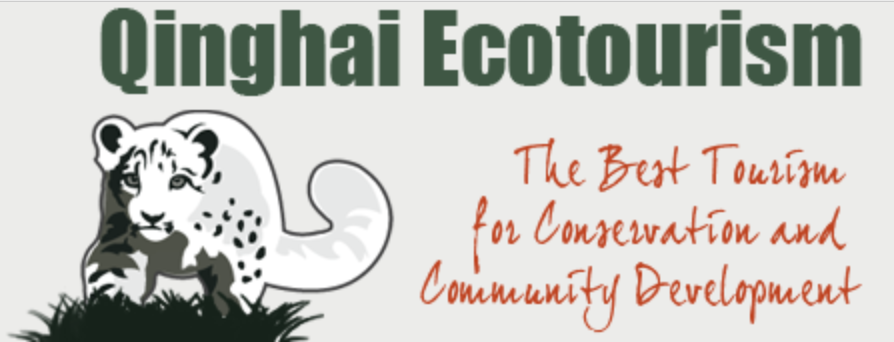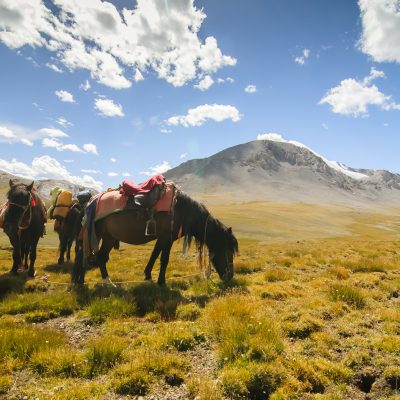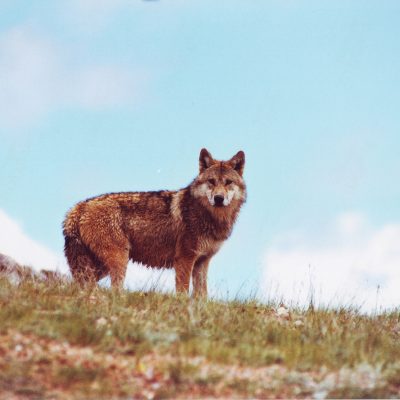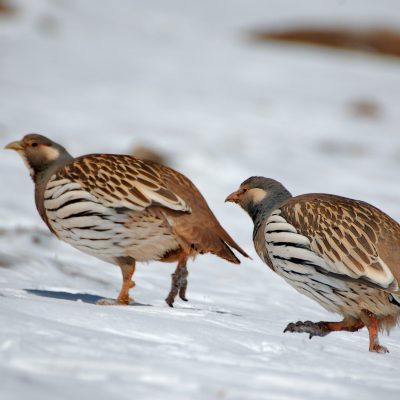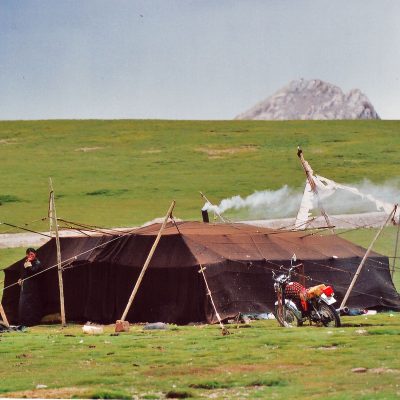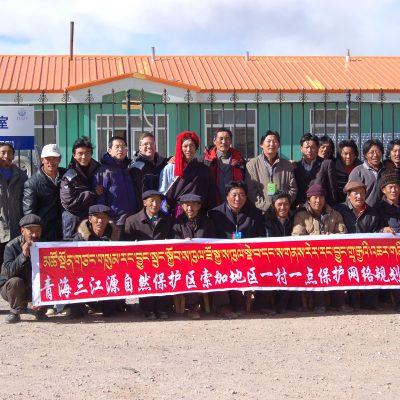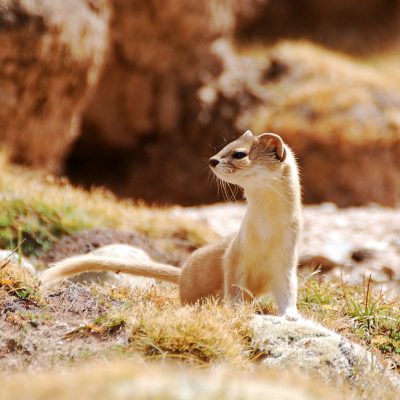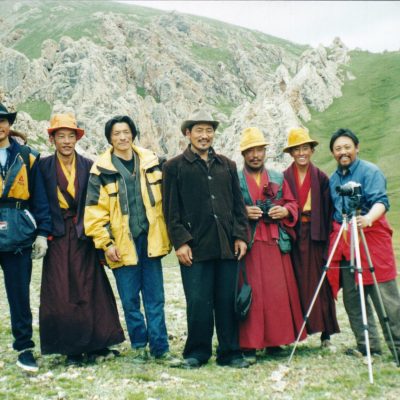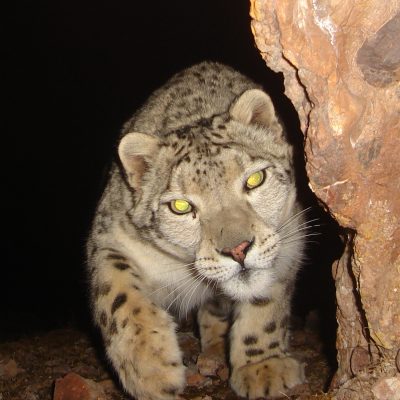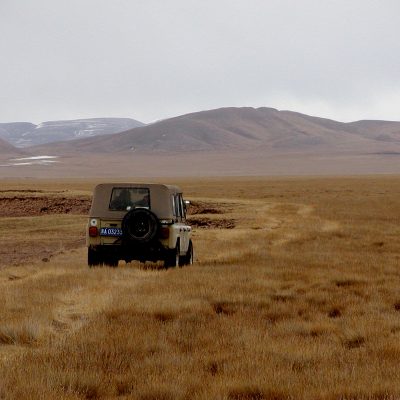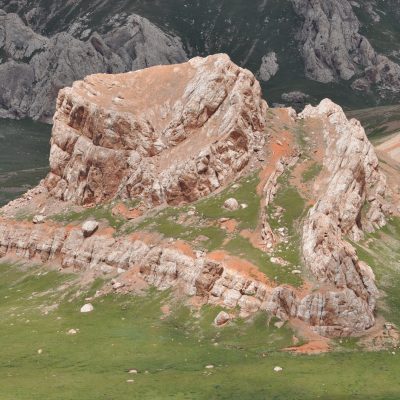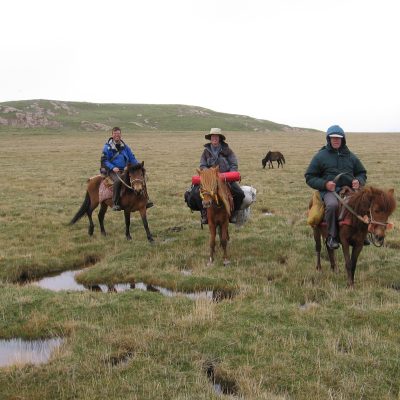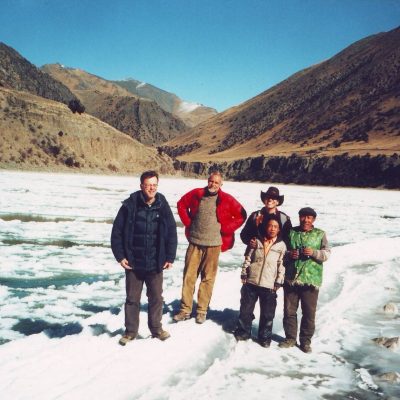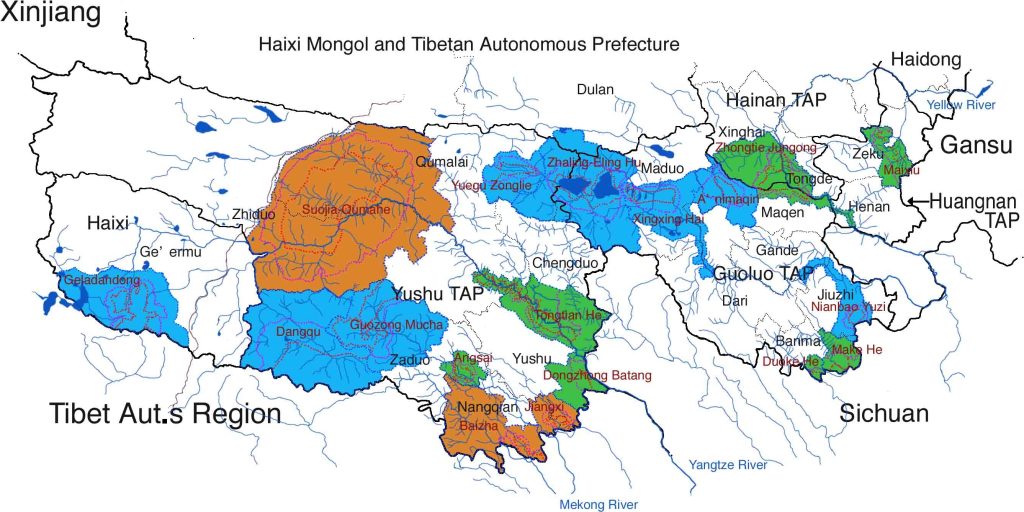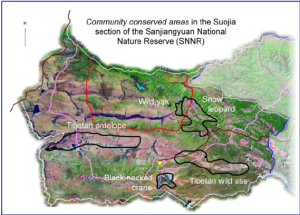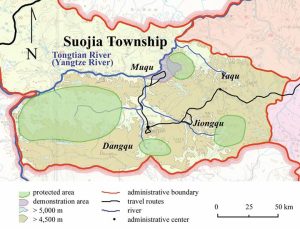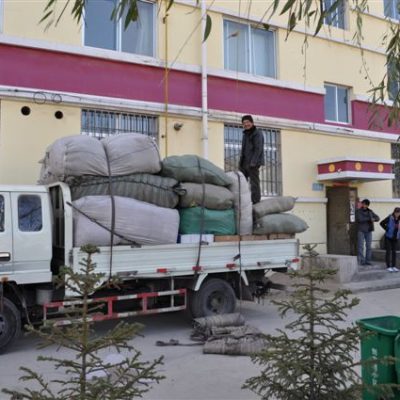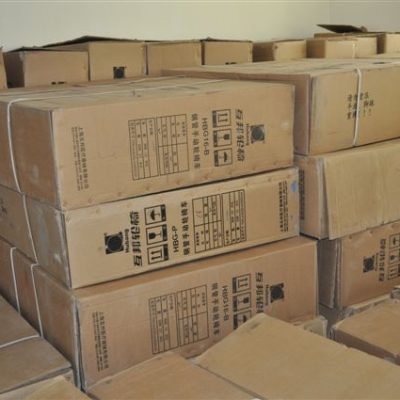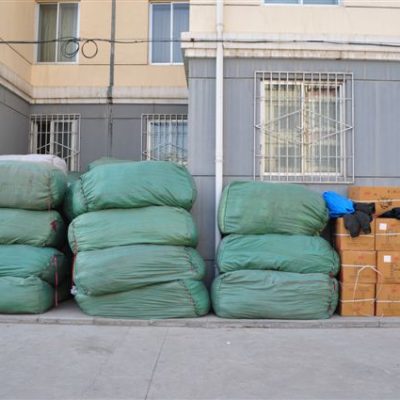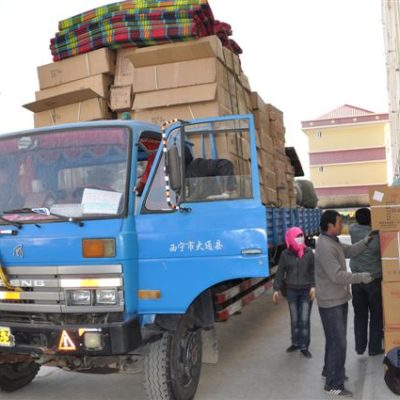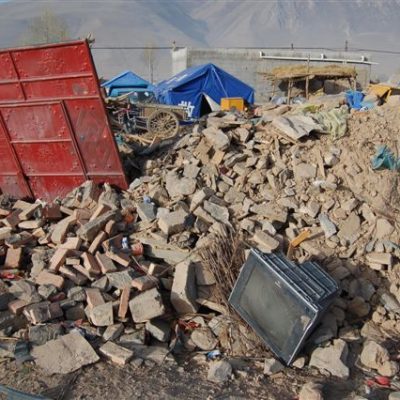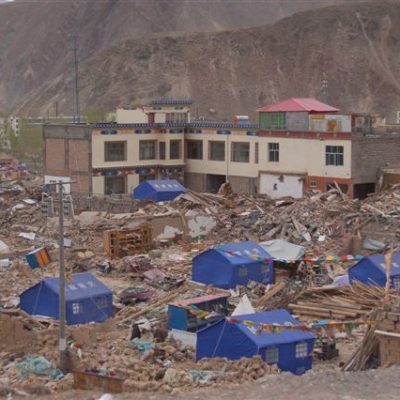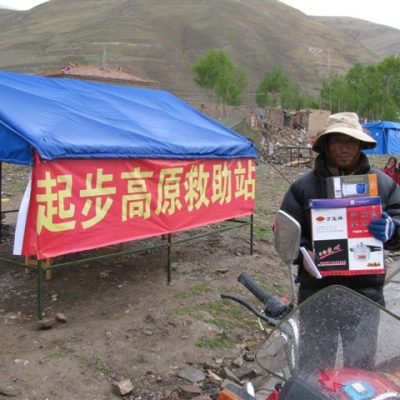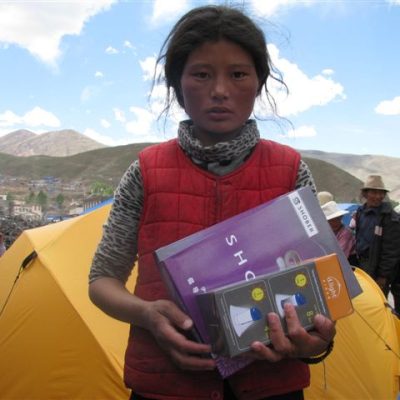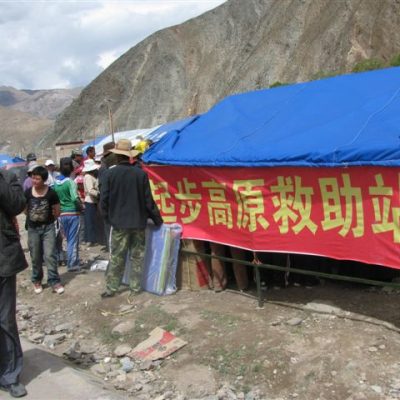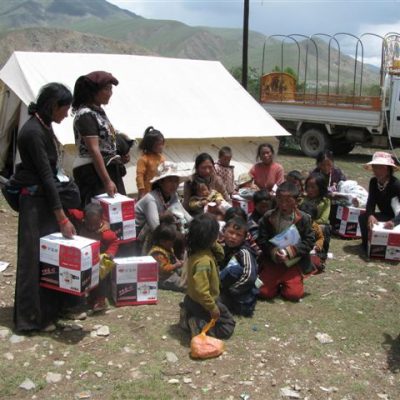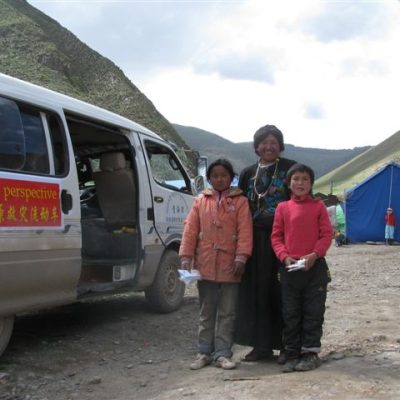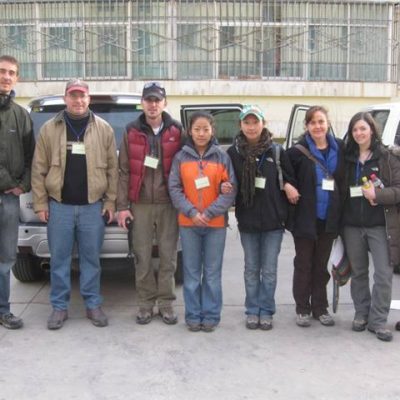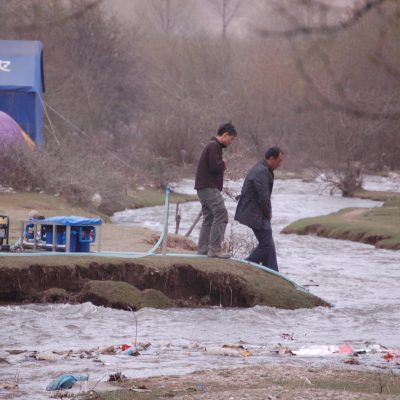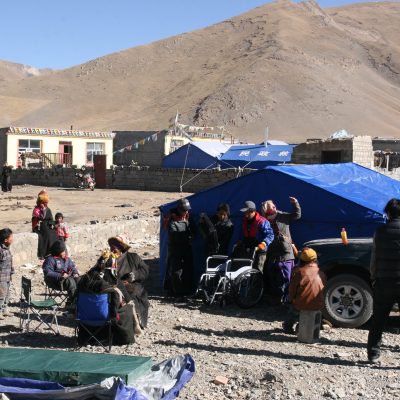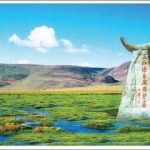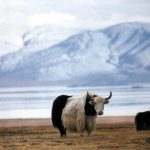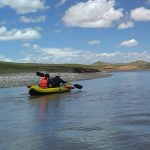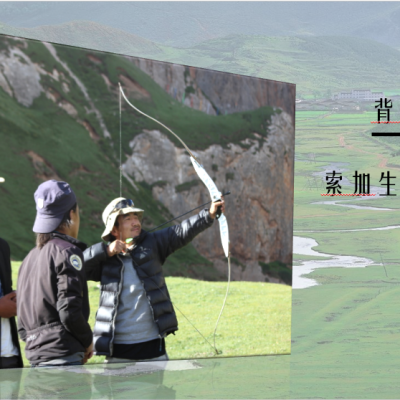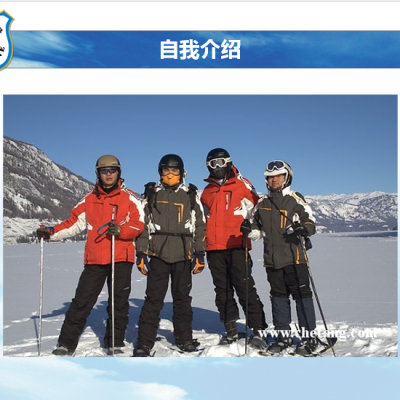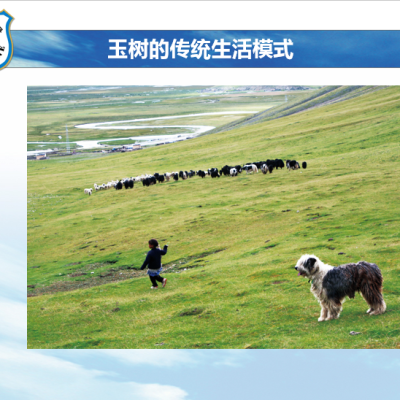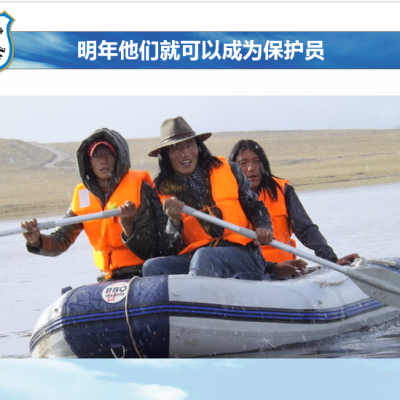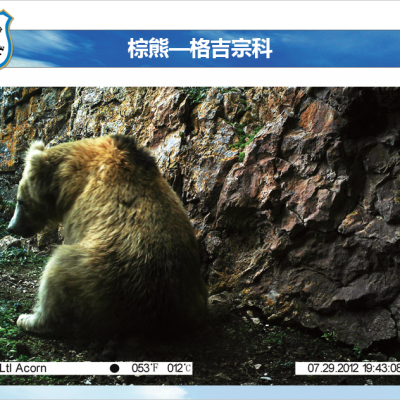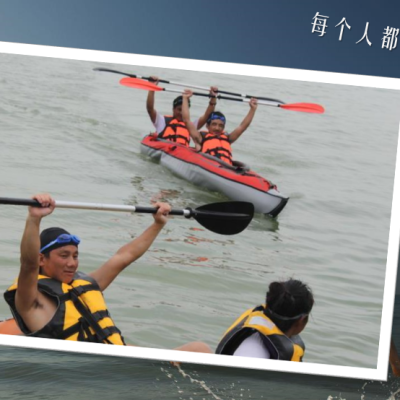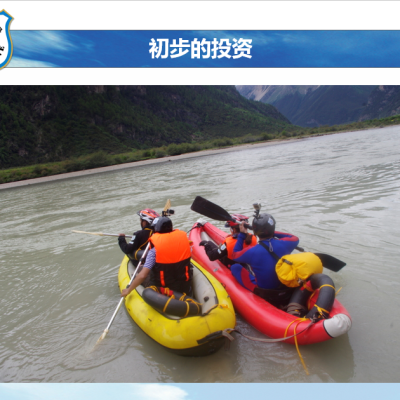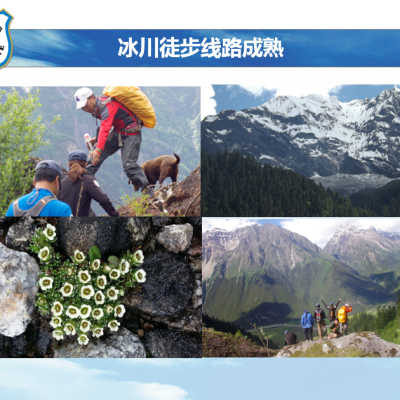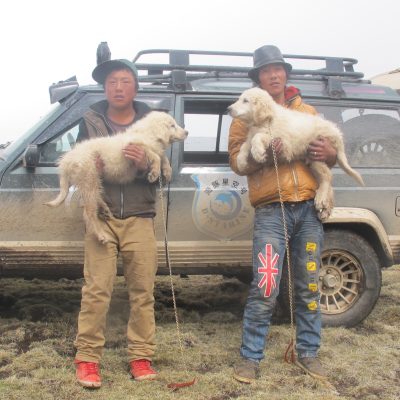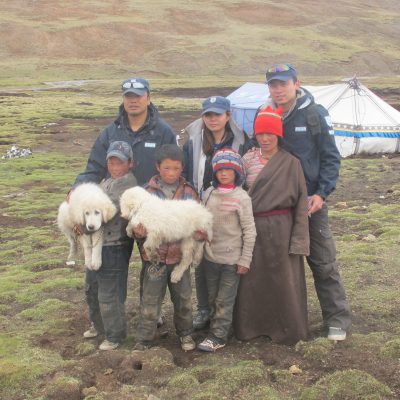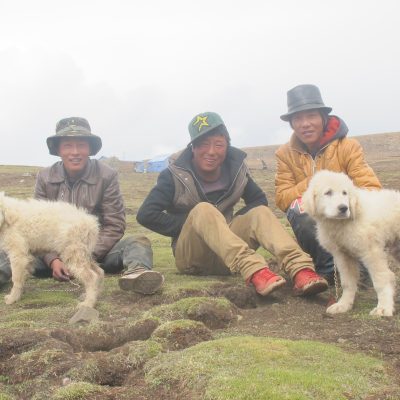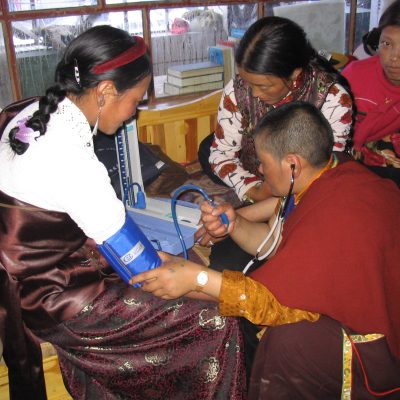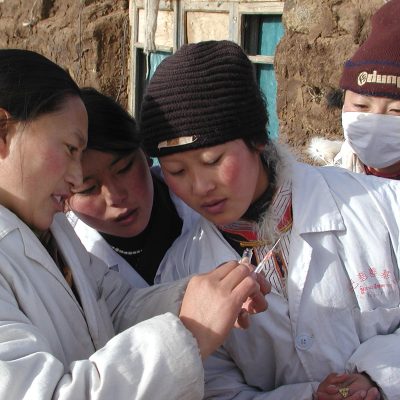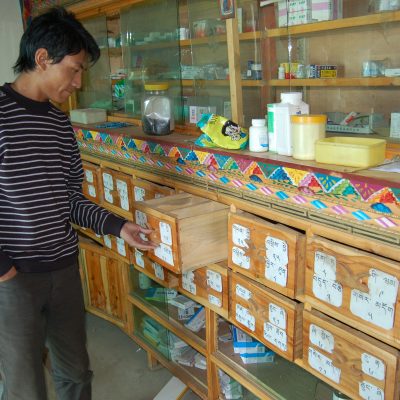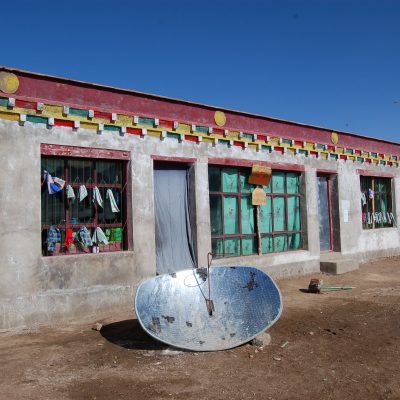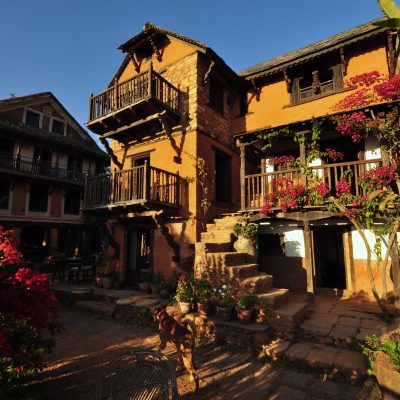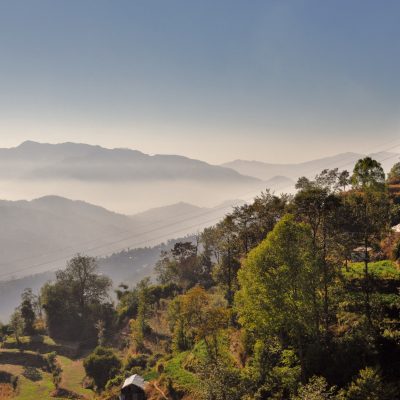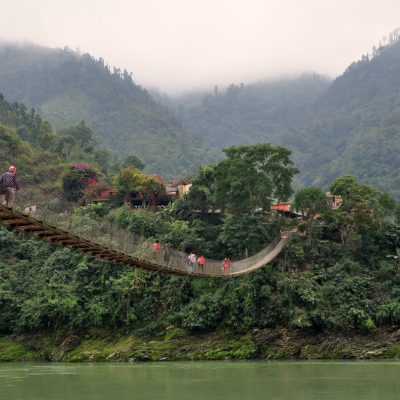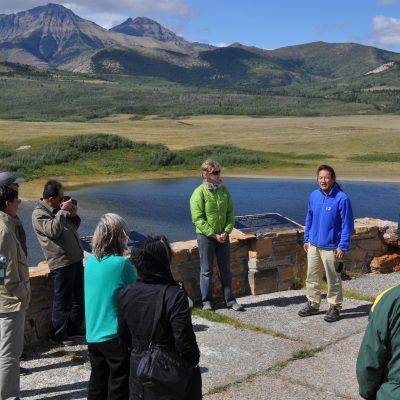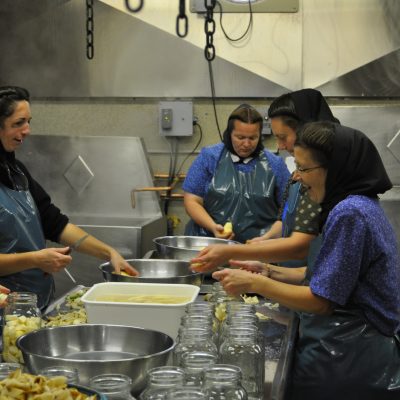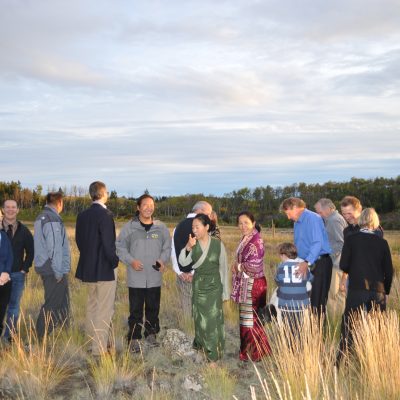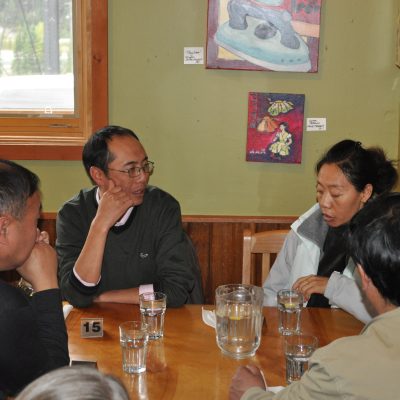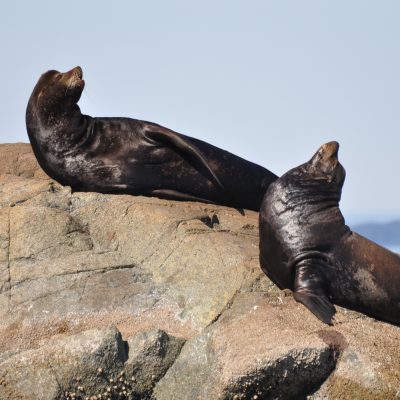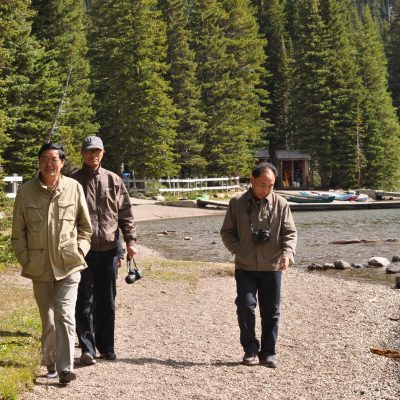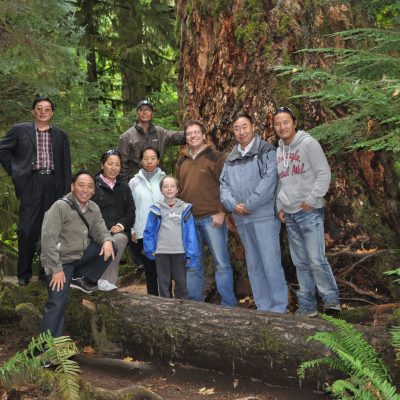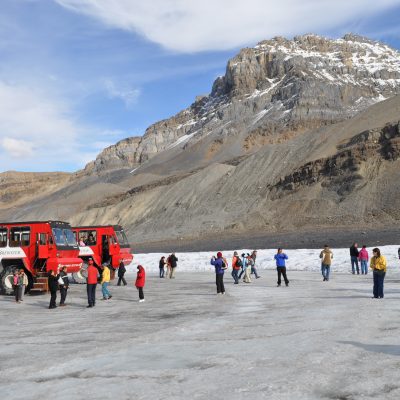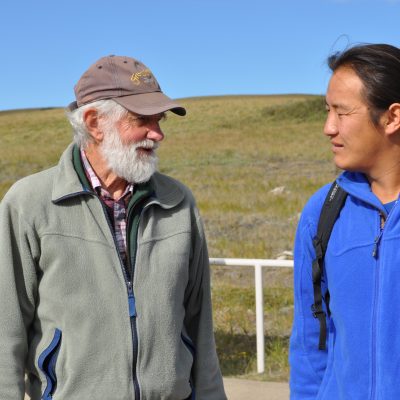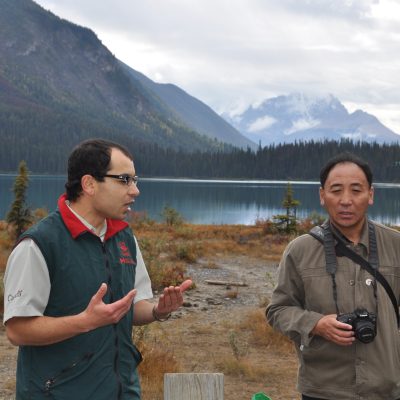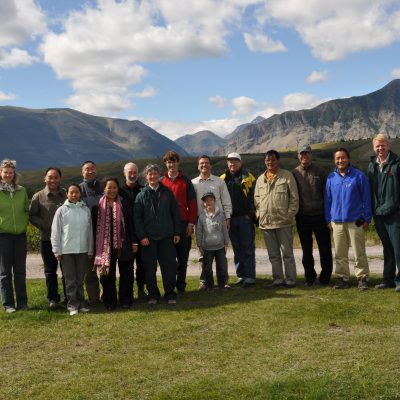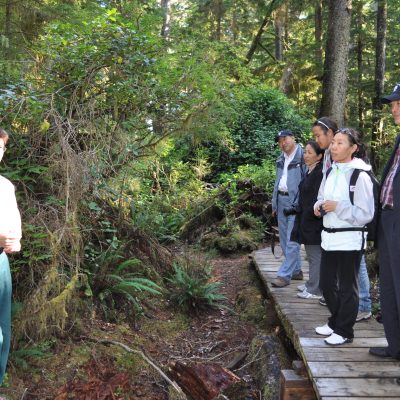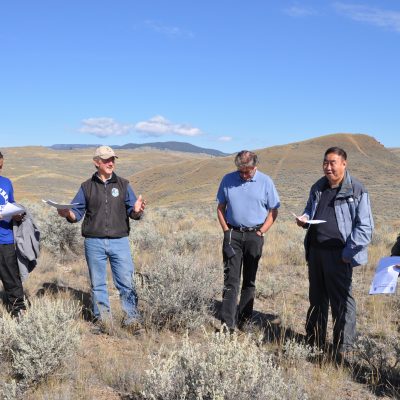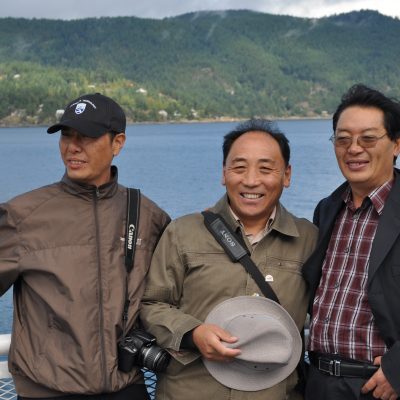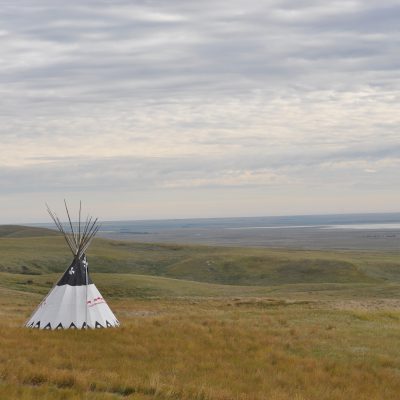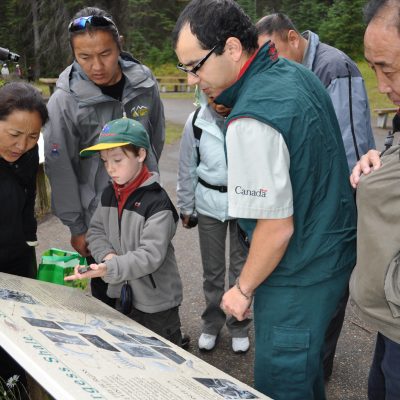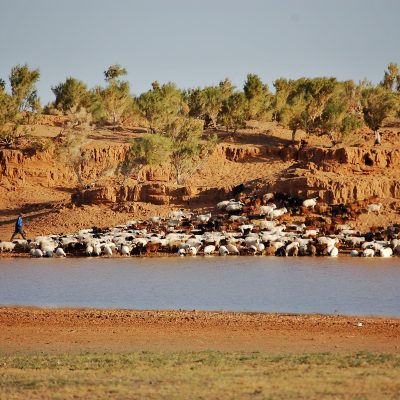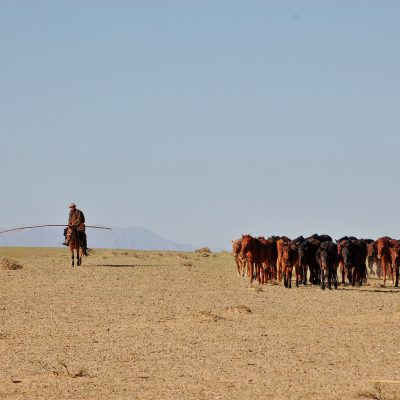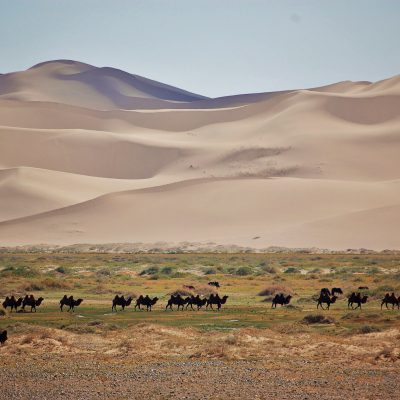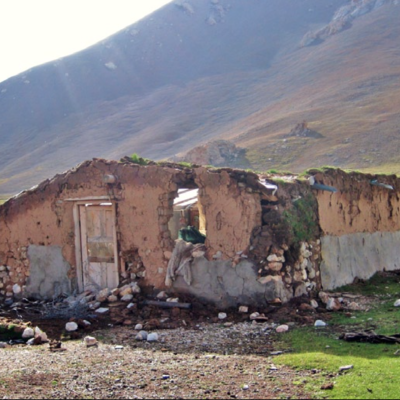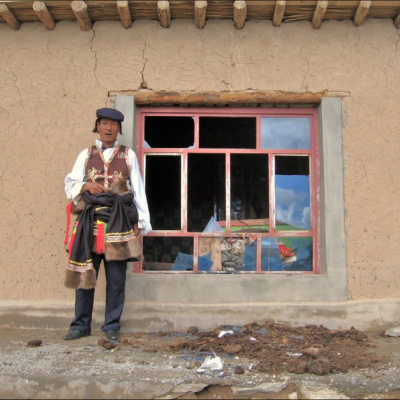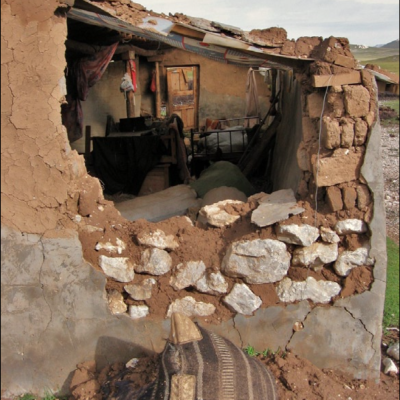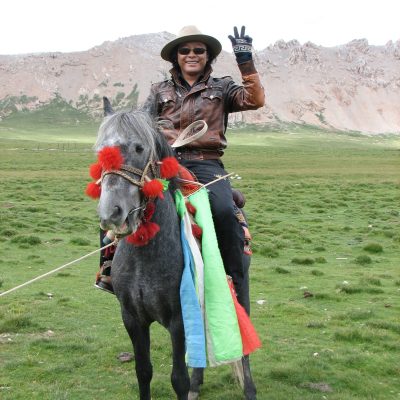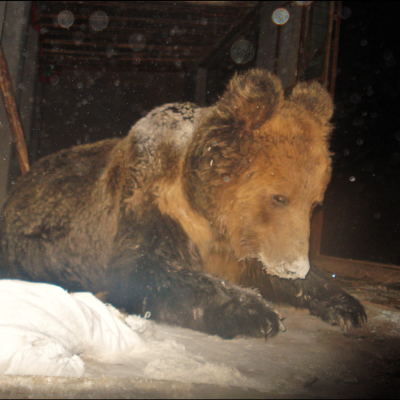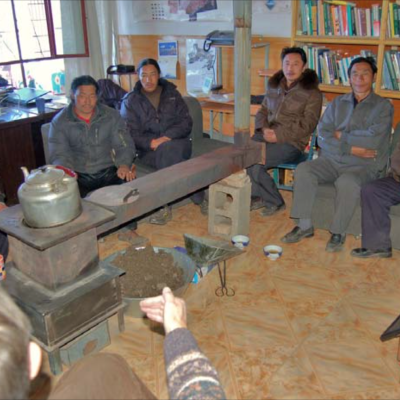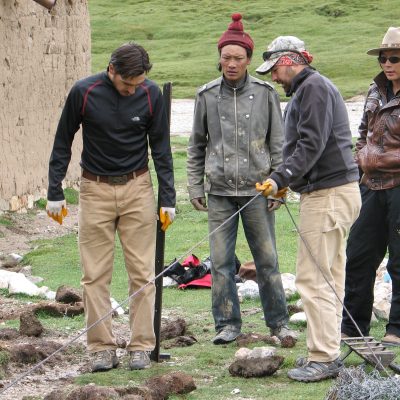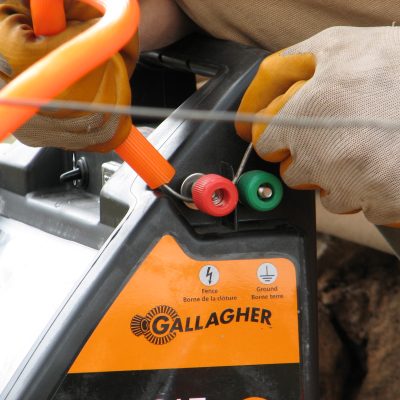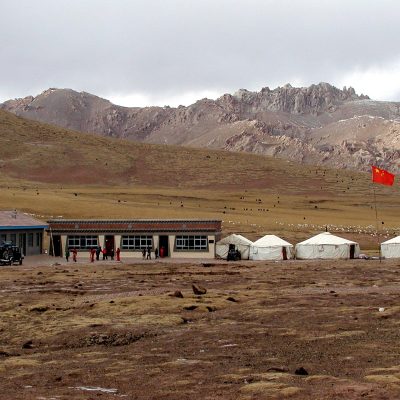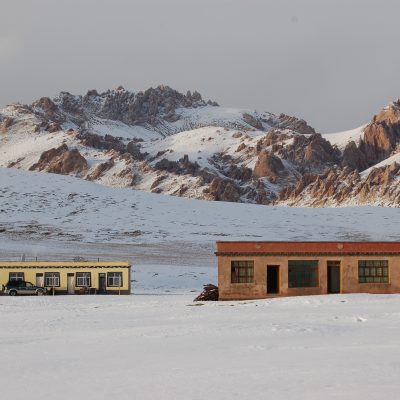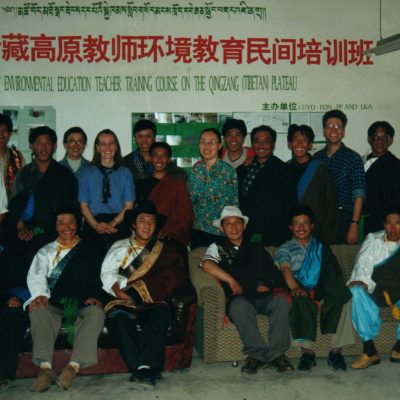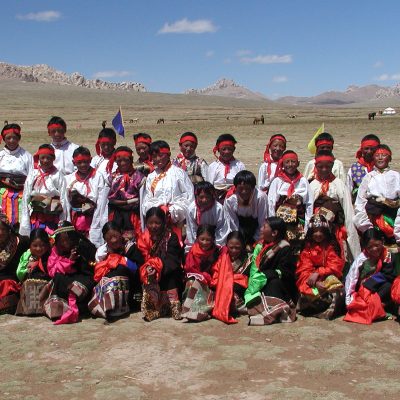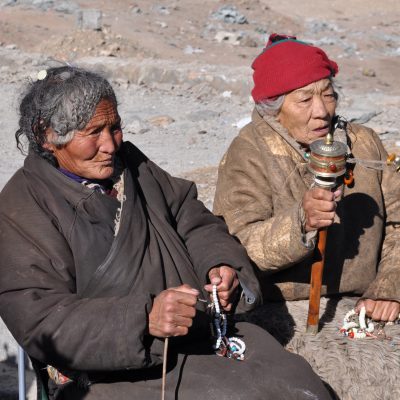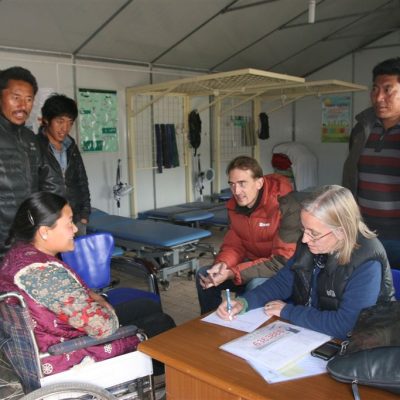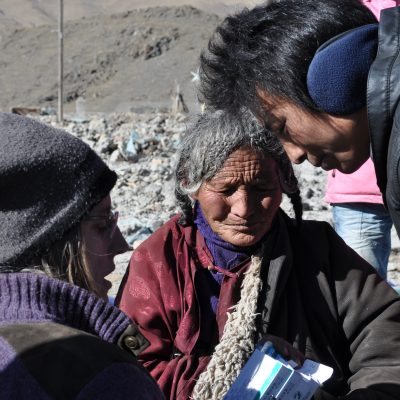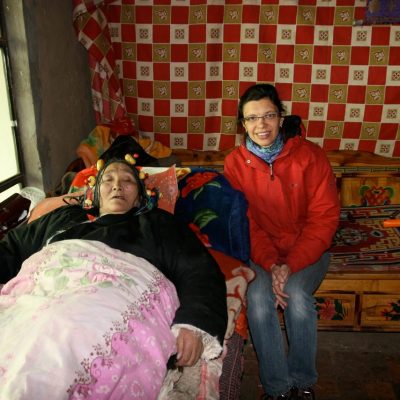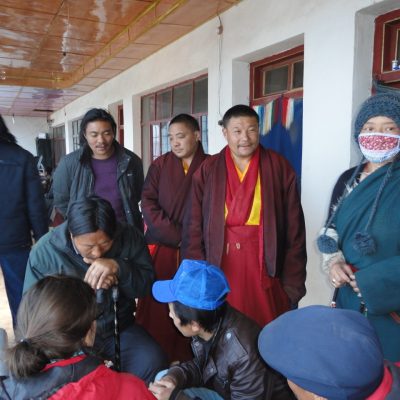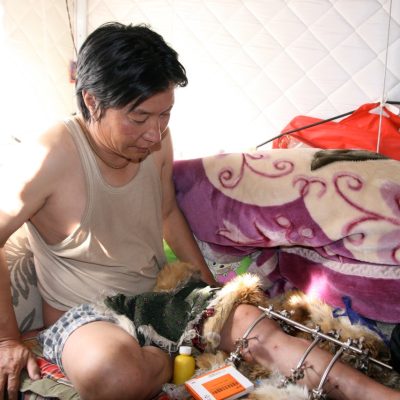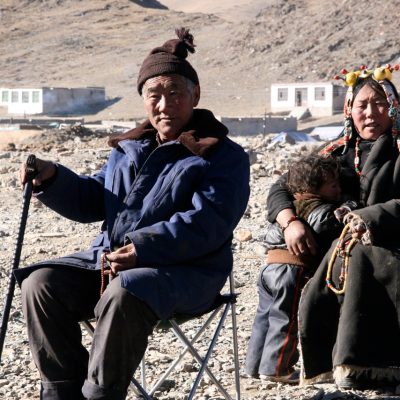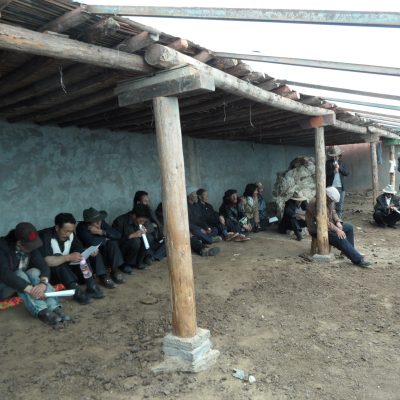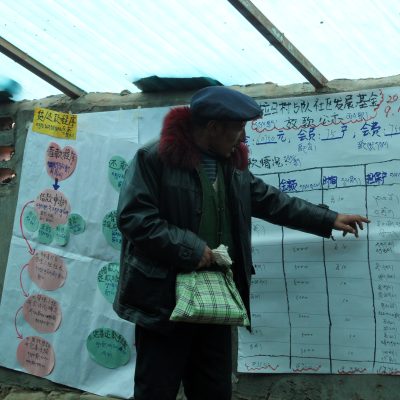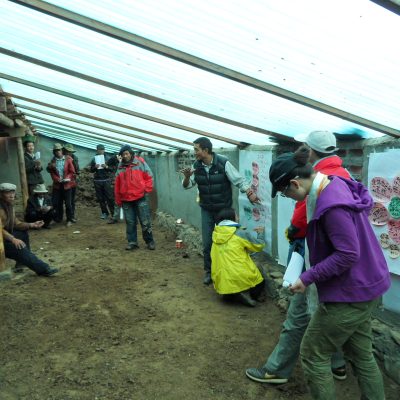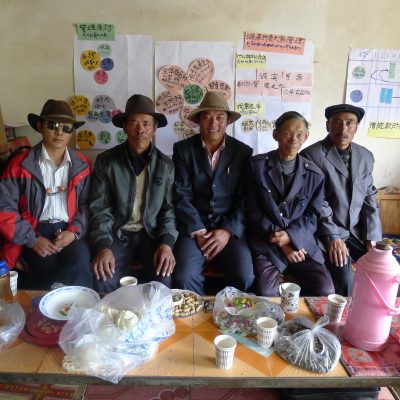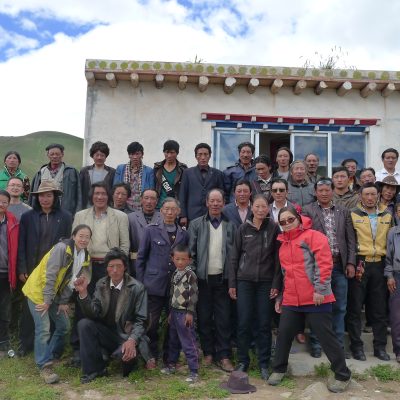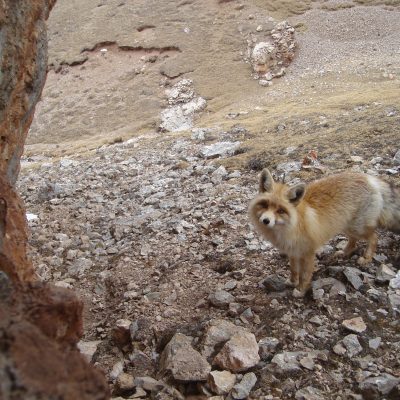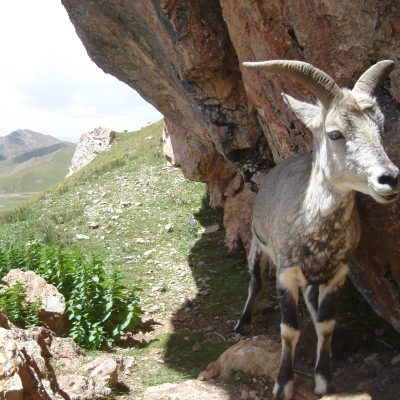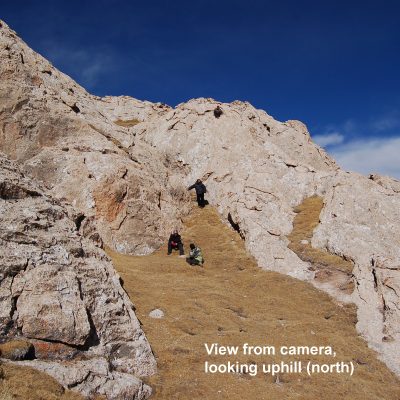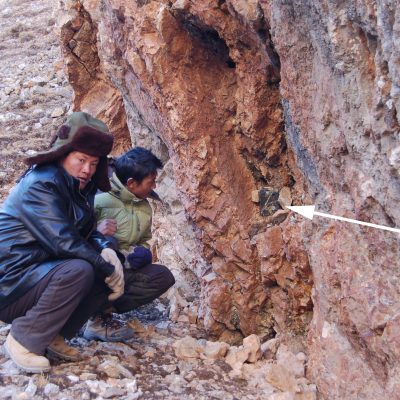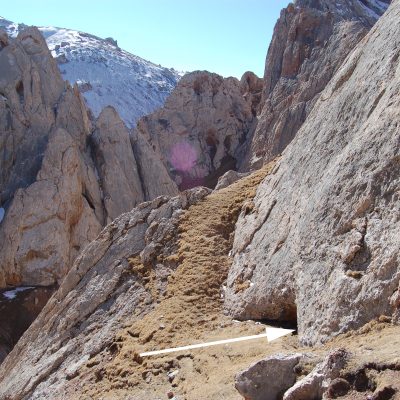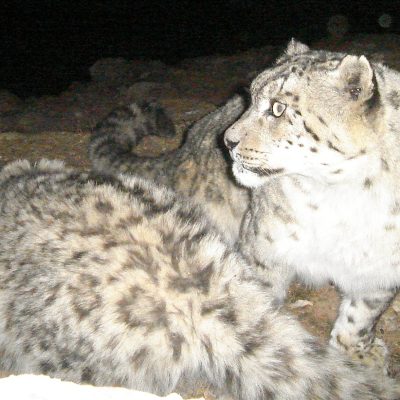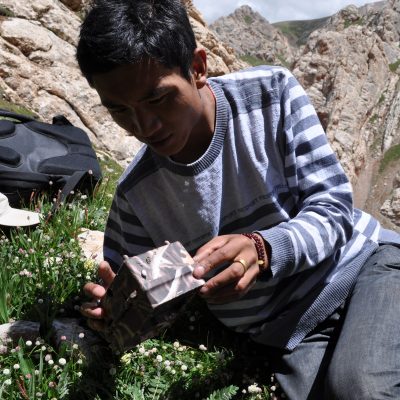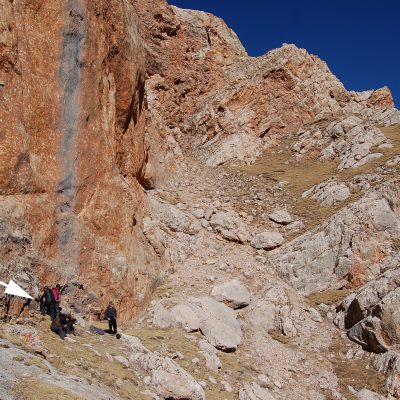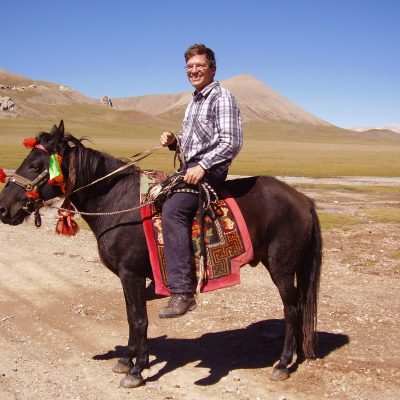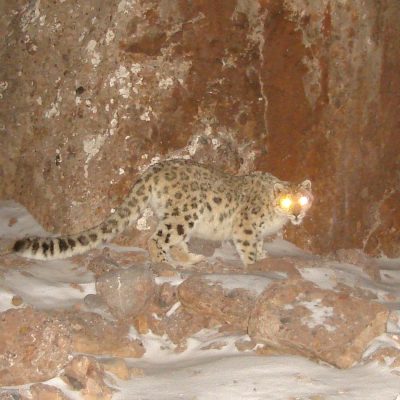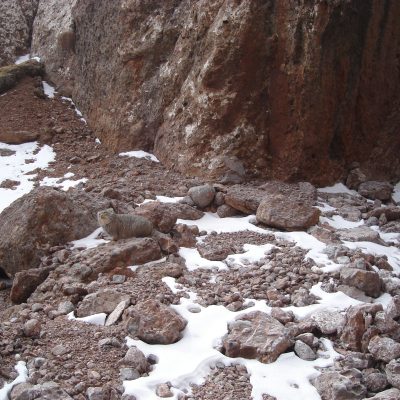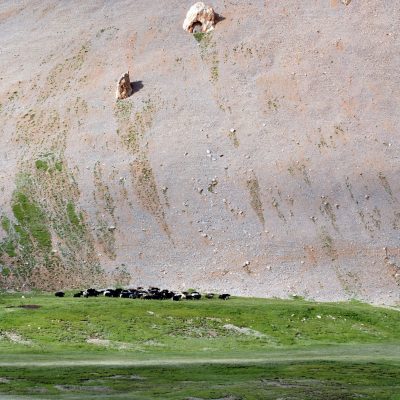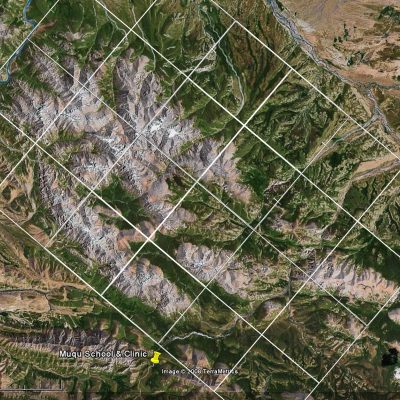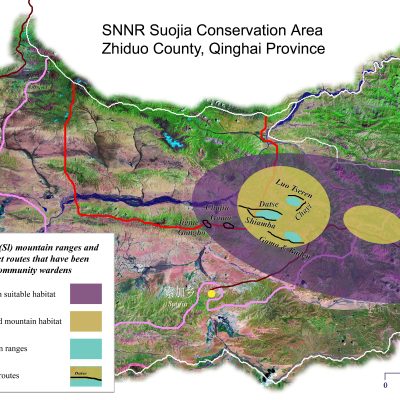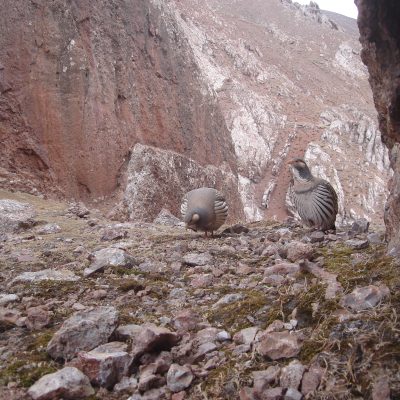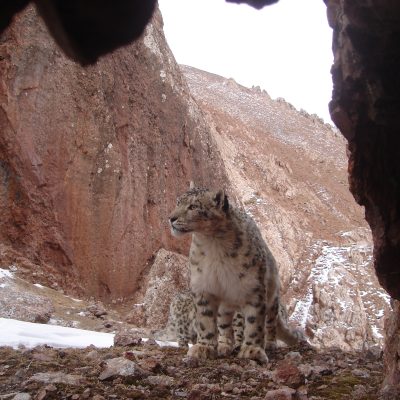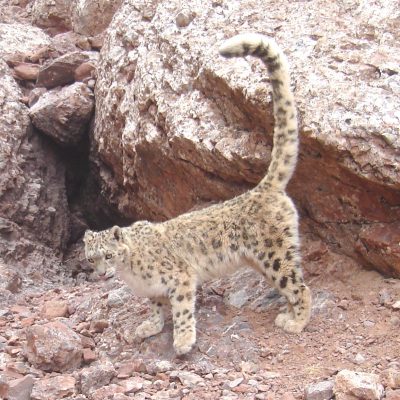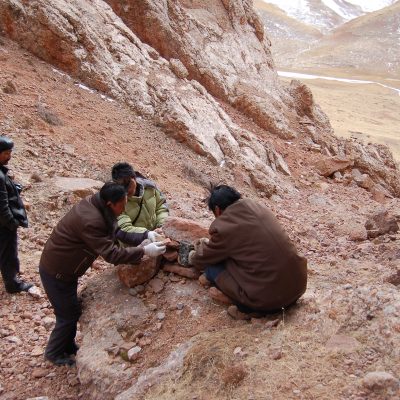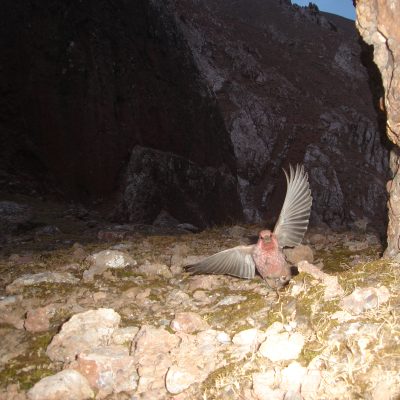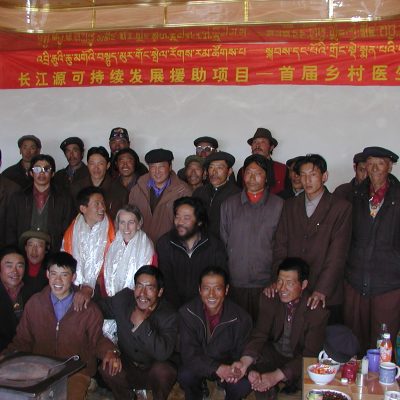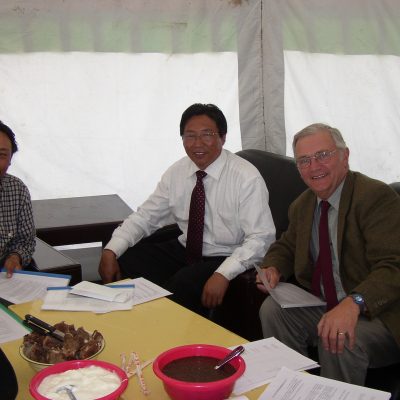Click the banner logo below to enter the Qinghai Ecotourism website:
Archives
Mountain Protected Areas
Moreover, they are key to buffering the impacts of climate change and maintaining future options for development through water resource conservation and regulation, the preservation of biodiversity including genetic resources, and in many instances also the preservation of traditional knowledge and cultural diversity in mountain regions.
Sanjiangyuan National Nature Reserve
Plateau Perspectives has supported and collaborated with the Sanjiangyuan National Nature Reserve (SNNR) since it was established in 2000. From 2005, they have collaborated specifically on trialling and promoting “community co-management” as a new community-friendly and cost-effective approach to biodiversity conservation in the high grasslands and wetlands of the Tibetan Plateau.
“community co-management” as a new community-friendly and cost-effective approach to biodiversity conservation in the high grasslands and wetlands of the Tibetan Plateau.
Local Protected Areas (Community Conserved Areas) in the Yangtze River Headwaters
Plateau Perspectives was instrumental in establishing Local Protected Areas for Tibetan antelope, snow leopard, wild yak, Tibetan wild ass (kiang) and black-necked crane in the headwaters of the Yangtze River (in the Suojia district of Zhiduo County, Yushu Tibetan Autonomous Prefecture, Qinghai Province). It has been actively supporting Tibetan herding communities and the grassroots Upper Yangtze Organization since 1998.
Study tours to protected areas
Several studies have been conducted to a range of protected areas in China, Mongolia, Nepal and Canada. In 2010, Plateau Perspectives and Parks Canada co-hosted a study tour to a range of provincial and national parks in western Canada. Supported by the Government of Canada (through DFAIT) and other donors, this exchange visit allowed senior leadership, managers and field staff from SNNR to learn from Canada’s long experience of integrated development and conservation, wildlife research, the development of community tourism, and conservation awareness raising.
Yushu Earthquake, April 2010
Click the banner below to enter the Yushu Earthquake website:
Plateau Perspectives was requested by the government and foreign affairs office of Yushu prefecture to assist with medical relief after the earthquake. We set up a medical camp, recognised as one of the formal camps, and we staffed it with rotating medical teams – bringing international doctors from all over China. After the first advance team of 5 people including a paediatrician and a surgeon set up our camp and began to see patients, the second team came with experience of the Sichuan Earthquake. Then other teams followed along the same pattern. Our vehicles served as ambulances, with permission given to transfer patients to the army camp near the airport for evacuation. Donations came in and the camp ran until the government established tent hospitals and closed the peripheral medical camps. We had seen over 1100 people.
For more information…
- Yushu Earthquake Relief
- Yushu rebuilds its identity as tourism destination after quake (media)
- China’s Quake: Avoiding the Political Aftershocks (TIME Magazine)
- Canadian Changing the World in 2010 (The Globe & Mail)
Shuguang Community Development Center
Affiliated with the Sichuan Academy of Social Sciences, NGO Shuguang leaders Dr Han Wei and Dr Du Ling collaborated with Plateau Perspectives and Tibetan herding communities in Lari village and Dangqu village in Zhiduo County, Yushu Tibetan Autonomous Prefecture, Qinghai Province – bringing training in project design and management for local associations and cooperatives.
In September 2015, the NGO leaders also visited Lhatse to provide Participatory Rapid Appraisal (PRA) training to government staff. In April 2016, village leaders from Tibet visited Xiaojing village in Sichuan where the successes in village self-government, management of small-scale loans and community income generation initiatives were demonstrated.
As one of the Shuguang managers has aptly said, “Poverty is not just an economic issue. It is one of the public affairs of community. Poverty reduction will be more sustainable and effective when we build the community’s management capacity and then take collective actions to realize development.”
For more information…
D-Starine Projects
For many years, D-Starine provided tourism development support services mainly in Qinghai province, focused on Tibetan nomad communities with poor healthcare systems, limited education, and largely under-developed economies. D-Starine encourages its volunteers to serve people in these areas by organising expeditions. The NGO also promotes public interest and raises support through lectures and presentations at universities as well as through programs focused on inspiring people to join and contribute to service-oriented activities.
D-Starine raises funds separately for its programs to ensure that 100% of donations are used for programs, while overhead and operational costs are funded separately.
Video 1 (5 minutes) Video 2 (20 minutes)
Protection from human-wildlife conflict with brown bear (Longbao)
The main approach adopted by D-Starine to mitigate human-wildlife conflict with brown bears has been the purchase and distribution (and breeding) of pedigree shepherd dogs to provide to Tibetan herdsmen. Shepherding dogs typically increase pasturing efficiency and give birth to approximately six pups a year, which provides supplementary income for families that receive the dogs. If the family cannot find buys, D-Starine will repurchase the dogs to gift to other herdsman. Facebook.
Ecotourism and rafting on the plateau (Longbao, Qilian, Nyingchi)
D-Starine started to cooperate with Plateau Perspective in 2013 with the development of adventure and rafting tourism on the Tibetan plateau. These programmes are still being implemented and expanded:
- Regular training is being provided by the Shining Light & Sea Wind Rafting Club on the plateau, in Longbao County
- A worldwide rafting contest was held in Yushu in 2016.
- In 2016 D-Starine began cooperation with the New Land Club (a famous outdoors club in China) to establish a new ecological rafting club in the Qilian Mountains, with Tibetan rafting guides from the Yushu area train guides from the Qilian mountain region.
Snow leopard monitoring (Longbao, Qilian)
In Anchong village of Longbao district of Yushu county, villagers are often capturing photographs of snow leopard on their phones and submitting reports to D-Starine, confirming their presence and relative abundance in the region. D-Starine also is helping to confirm the presence of endangered wildlife including snow leopard in the forests and mountains of the Qilian mountain range. Through wildlife reconnaisance missions and trainings, D-Starine is thus helping herdsmen to serve as observers and wildlife rangers across the province.
Raptor protection / snowy owl monitoring (Longbao, Hulunbuir)
D-Starine equally is conducting wildlife missions with a focus on raptors (birds of prey), training herdsmen to monitor raptor populations and to serve as rangers. A participatory study of the lammergeyer (bearded vulture) is underway in Longbao district. The snowy owl, prairie vultures and several raptors and seasonal birds are investigated in the Hulunbeir region of Inner Mongolia.
Grassland fencing (Qinghai Lake area)
In June and July 2016, D-Starine launched a scientific study around Qinghai Lake, on horseback, with 38 people involved. This exploratory research covered the ecological impact of fencing and the relationship between people and snow leopard habitat. The popularisation of science and environmental education for teenagers also were advanced through this work. Two Tongji University professors provided overall guidance for project development, along with Gongbo Tashi (Plateau Perspectives) and Du Fachun (Yunnan University).
Community Health
The village clinics were built with support from Plateau Perspectives, with co-funding from county health bureaus. Jiongqu village was the first community to request assistance, and together with local government they put forth a sound argument for the need of such construction and basic equipment (beyond the health training already provided). Their primary aim was to establish good quality health facilities that were more easily accessible to the remote community, whose members could not at that time easily travel the long distance (over 200 km) to the county town. It also aimed to be a centre from which acute care services could be provided, and through which the government could make health insurance available for the rural Tibetan community. The administration of immunization programs also would be facilitated through construction of such a village clinic. After its construction, Jiongqu clinic was staffed by a Plateau Perspectives trainee and clinic governance lay with a village committee working together with the county health bureau. Overall, this clinic proved very successful. Following a similar model, other health centres also were built in the Sanjiangyuan region as requests were received from local herding communities and their situations confirmed by health bureau partners. In total, 9 village clinics were built (co-funded) by Plateau Perspectives in the Sanjiangyuan region, along with provision of furniture and equipment for two other clinics.
Veterinarian Training
At grassroots level, many leaders have expressed the need for veterinary clinicians to be able to diagnose, treat and help control local diseases, beyond the scope of the skills of government Animal Health Workers (AHW). There also is need for AHWs to be able to inform and educate local herders about good animal husbandry practices. The first training targeted AHWs at the district level, as they are the key mediators between the Animal Health Bureau and village level AHWs. The purpose was to upgrade knowledge, skills and equipment. The training was then followed by two additional short courses directed towards village-level specialists. All the participants were provided with a veterinary box full of medicines and equipment, giving continuity to the training as they return to their villages/nomad camps to perform their work and to strengthen their skills and knowledge. Much was learned in each training and the county Animal Health Bureau was pleased with what was accomplished.
Other Relief Work
Plateau Perspectives has responded to such emergency situations when snowstorms caused great losses of livestock and brought extreme suffering and hardships – in 1998, 2000 and 2008. With financial support from the governments of Sweden and Hong Kong, Plateau Perspectives arranged for the delivery of over 500 tonnes of emergency supplies including food, clothing and medicines to 18 districts in Dari and Gande counties in Guoluo Tibetan Autonomous Prefecture. More recently, relief supplies were distributed in both Yushu and Zhiduo counties, including food and fuel (coal) as well as finances to purchase yak and re-distribute them to poor families who had lost most or all of their livestock. The latter emergency relief trip was undertaken in partnership with the disaster response section of the provincial Civil Affairs Bureau.
By far the most devastating disaster, however, was the major 7.9 magnitude earthquake that collapsed Yushu on April 14, 2010. In response to the earthquake, Plateau Perspectives rapidly embarked on a program of work that included the establishment and operation of a medical camp in Yushu that treated more than 1,200 patients, delivery of nearly two dozen trucks of emergency relief supplies, and a longer-term response focused on the development of rehabilitation services in the prefecture and on rebuilding livelihoods with training and capacity building in community- based ecotourism development.
Study Tours Around the World
After each tour, the participants have returned with increased enthusiasm and have taken on new ideas to implement. It was after one study tour to Mongolia, that the nomads back with hope that they could actually carry out the ecotours, that they could participate in meetings with policy makers and academics, after visiting Parks Canada, new projects and research were begun together with the Forestry Bureau and Nature Reserve.
Annapurna Conservation Areas & Chitwan National Park, Nepal
December 2012. A visit to Nepal focused on learning about its experiences in development of community-based tourism, with special reference to protected areas and tourism. Many projects were introduced to the team through visits to government offices, NGOs and donor partners in Kathmandu. This was followed by travel and field visits to small towns that have been transformed (positively) by regional tourism development, several homestays, a number of successful entreprises including the Three Sisters Trekking Company, and visits in the Annapurna Conservation Area and Chitwan National Park. Lessons in tourism planning, park management and community development have been taken back by study tour participants.
For more information…
- Great Himalayan Trail
- Three Sisters Trekking
- TRC Tourism
- Annapurna Conservation Area
- Project description and feedback
Sichuan and Yunnan provinces, China
November 2011. A dozen people from Kegawa Herders Cooperative, Yushu Tourism Bureau, Agriculture College of Tibet University and representatives from local associations in Linzhi Prefecture joined for a 10-day trip through Sichuan and Yunnan provinces. They learned from Shuguang Community Development Centre about the establishment and operation of community trust funds, small loans, herders cooperatives and business development approaches. Much discussion was also had on current environmental issues, cultural matters in light of rapid development, and the increasing socioeconomic role being played by tourism in the region.
For more information…
- Meili Snow Mountain NP
Destination Røros & Northern Norway
October 2011. A focused study tour to Norway that included specialist meetings in the capital Oslo, a field visit to Røros where a model ‘destination tourism’ approach is gaining global recognition, and field visits and meetings with indigenous leaders in Alta and Kautokeino in the far north. The main focus of this tour was to learn about experiences in the development of sustainable tourism and about co-management between Sami communities (including reindeer herding communities) and government – the latter with particular attention on land use rights, business development, and the provision of educational services including distance learning opportunities. At the end of the trip, a special seminar about sustainable development and Plateau Perspectives’ work in the Tibetan region also was presented at the Peace Research Institute Oslo (PRIO).
For more information…
- Destination Roros
- Reindeer research centre
- Open presentation at PRIO
Northern Thailand
February 2011. A one-week visit to northern Thailand, with Plateau Perspectives staff members and Kegawa Herders Cooperative founding manager, to learn about potential avenues for tourism development including family home stays, handicraft development, community businesses, environmental education and outreach, and adventure tourism.
For more information…
National Parks in Western Canada
September 2010. A two-week study tour co-hosted by Plateau Perspectives and Parks Canada for senior protected area managers, government officials and community representatives, focused on opportunities and challenges in mountain national parks and their surrounding areas in Alberta and British Columbia. Visiting park managers and other stakeholders from Waterton National Park on the Canada-USA border to Banff and Yoho National Parks in the Rocky Mountains and Pacific Rim National Park Reserve on the Pacific coast, as well as visits to research institutes and several First Nations communities – this study tour allowed participants to learn more about Canada’s experience in integration of national parks and local communities’ needs and interests, about protected area management and wildlife research, and also about community development including tourism.
For more information…
- Parks Canada
- Project description and participants’ feedback
- Aboriginal People’s & Canada’s Parks and Protected Areas (with 25 case studies)
Xishuangbanna National Park, China
December 2008. Study tour to national parks in Yunnan and Sichuan provinces in southwest China, with special focus on Xishuangbanna – China’s first nature reserve. Participants from Sanjiangyuan National Nature Reserve learned about the value of establishing a solid research program with the aim to guide wildlife management decisions and long-range protected area planning, along with the role that can be played by responsible tourism with potential benefits in education as well as sustainable financing of people and parks.
For more information…
- Xishuangbanna NP
- Meili Snow Mountain NP
South Gobi Gurvan-Saikhan National Park, Mongolia
September 2008. A 10-day study tour to Mongolia, with the assistance of People Centred Conservation (PCC) Mongolia, a non-profit organization that supports innovative community-centred development initiatives. Topics included establishment of local community cooperatives, people-park relations, and the effects of rapid urbanization. A major outcome of this study tour was the subsequent development and launch of the Kegawa Herders Cooperative in Yushu Tibetan Autonomous Prefecture in 2010.
For more information…
- South Gobi National Park
- PCC Mongolia
- People Centered Conservation and Poverty Reduction in Mongolia
- Evaluating the effectiveness of community-based conservation in Mongolia’s Gobi Desert
Conflict with Brown Bears
Due to increasing conflict with brown bears, Plateau Perspectives began to work in the field of human-wildlife conflict mitigation in 2009. Around that time, bears began to break into winter homes in search of food and they caused considerable damage to property. On occasion they also have harmed people, and in a couple instances this has been fatal. To reduce such conflict, Plateau Perspectives introduced and trialled solar powered electric fences to protect herders’ winter homes. Over a dozen community members in Duocai, Zhahe and Suojia districts have installed and used these systems – with primarily positive outcomes. Human factors such as a lack of adequate training have caused some malfunction, but overall it is generally accepted that the technology is suitable for the situation and could be beneficially promoted. Nature reserve management authorities equally have further extended the use of the electric fence systems, with expertise and staff time provided by Plateau Perspectives.
Documents:
Our First Project: Village Tent Schools
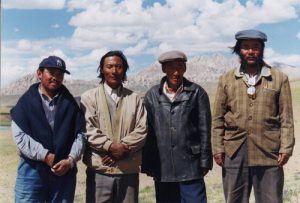 Early on in our engagement with herding communities in Zhiduo county, the need for education was considered a strong priority by local community members. Plateau Perspectives and the NGO Upper Yangtse Organization jointly encouraged and supported two communities, Muqu and Yaqu, to establish village schools. These were set up initially as ‘tent schools’, which were moved several times in their first years of existence as community members discussed and debated their needs and aspirations as well as opportunities and challenges. A few years later, the schools were settled into permanent sites, the tents replaced with buildings. It was a very exciting day when, around 10 years after their initial launch, we met a young man in Xining (the provincial capital) who had just arrived to study at university – one of the first graduates of the Muqu tent school, from so many years ago in the grasslands!
Early on in our engagement with herding communities in Zhiduo county, the need for education was considered a strong priority by local community members. Plateau Perspectives and the NGO Upper Yangtse Organization jointly encouraged and supported two communities, Muqu and Yaqu, to establish village schools. These were set up initially as ‘tent schools’, which were moved several times in their first years of existence as community members discussed and debated their needs and aspirations as well as opportunities and challenges. A few years later, the schools were settled into permanent sites, the tents replaced with buildings. It was a very exciting day when, around 10 years after their initial launch, we met a young man in Xining (the provincial capital) who had just arrived to study at university – one of the first graduates of the Muqu tent school, from so many years ago in the grasslands!
The village tent schools were initially run by the herding communities themselves, but later also with government support. For several years Plateau Perspectives also ran a fundraising project known as ‘Yak to School’ – through which funds were successfully raised to purchase yak that helped support the school through expansion of the school yak herd, which helped to provide for the needs of the children.
- Yak2School (brochure)
Academic Partners, 2005-2014
Qinghai Normal University
Plateau Perspectives partnered with Qinghai Normal University for many years. From the joint organization and co-hosting of international academic exchanges and workshops to running a special seminar series, introducing and facilitating international research collaborations, and placing selected language and research students at the university, Plateau Perspectives continuously has sought to promote further development of post-graduate education in Qinghai province. Specialist workshops included dialogue on pastoralism, grassland management, tourism development and community cooperatives – all in collaboration with the University’s School of Geography & Life Sciences.
Special seminars have been given by Dr John Hodges on How globalization affects livestock-keepers and their animals (November 2010), Dr Peter Foggin on The Canadian experience of settlement and relocation in the Far North (May 2011), and Dr Robert Pelant on The Roles of Animals in Sustainable Development: Opportunities, Strategies, and Challenges (June 2011). Plateau Perspectives also was instrumental in introducing and facilitating provincial approval for the NSF-funded research project Determinants of Grassland Dynamics in Tibetan Highlands in Qinghai Province.
Qinghai University
From 2009 to 2013, Plateau Perspectives associate John Friberg taught civil engineering, participated in departmental seminars and carried out applied research at Qinghai University. His research focused on the design and trialling of suspension trail bridges to increase access in remote regions of the Tibetan plateau. His work was based on models developed in the Nepali context.
Agriculture College of Tibet University
At the Agriculture College of Tibet University, Plateau Perspectives director Marc Foggin presented a 2-week special lecture series in December 2011, on conservation and protected area management – with a focus on lessons learned from Qinghai Province, China, and from Canada. This high level exchange visit was part of a national Chinese project on conservation and collaborative management that sought to promote international exchange and cooperation in Tibet Autonomous Region.
Qinghai Academy of Social Sciences
An international symposium on the Human Dimensions of Ecological Conservation in the Tibetan Plateau region was held in Xining on 21-26 August 2011. The meeting was sponsored and hosted by the Propaganda Department (Public Relations) of the CPC Qinghai Provincial Committee and by the Qinghai Academy of Social Sciences, with additional support from Plateau Perspectives’ Xining Representative Office.
Northwest Plateau Institute of Biology, Chinese Academy of Sciences
Professor Li Laixing is an ornithologist who has been researching potential pathways for avian flu transmission through a study of the distribution of bird colonies (nesting sites) and migratory patterns, centred on Qinghai Lake and other wetland areas of the Tibetan Plateau. In 2007, Plateau Perspectives staff joined him for field investigations in Hainan and Guoluo prefectures, including the upper reaches of the Yellow River.
Post-Earthquake Rehabilitation
Plateau Perspectives’ response consisted both of building and equipping a rehabilitation centre in Longbao – at the epicentre of the earthquake – and capacity development for professional staff and for village-based home carers. Training was provided by Plateau Perspectives therapists and medical staff to doctors and staff of the disability association in Zhiduo and Longbao. Two hundred patients were assessed and assisted as part of this rehabilitation training, including provision of over 220 wheelchairs, 121 pairs of crutches, 50 walking sticks, more than 50 adapted toilets and various other walking aids according to patients’ needs. In Longbao, there is now a well-equipped rehab centre with a physiotherapy assessment and treatment room, occupational therapy treatment room, doctor’s office, and store room for rehab aid equipment. Representatives from each village in the target area also came for training, with plans to provide support in their villages directly in patients’ homes. The best of these village trainees and of personnel from the disability association and township clinic were also given further training in order to provide a higher level of expertise in the centre itself. At the prefecture level, the Disability Association invited Plateau Perspectives to train rehabilitation workers from across the prefecture. Furniture and appropriate equipment for the rehabilitation training centre built by the government were provided, and therapists delivered a series of courses over several days for the centre’s specialist staff.
Revolving Development Fund
A community association was established and work committees were developed. With the guidance and support from Prof Du and other colleagues from the Sichuan NGO Shuguang Community Capacity Building Center, the herding community also developed management structures and by-laws that outlined how loans would be assessed, approved, monitored and repaid. The first several years have been so successful – with all of the small loans repaid within agreed timeframes – that the model now is also being replicated in Dangqu village.
Community Co-management
Local herders have been protecting wildlife including snow leopard, Tibetan wild ass (kiang), Tibetan antelope and black-necked cranes in the Yangtze River headwaters through community conserved areas formally established in 1998. These protected areas initially were recognized by the district government, and subsequently also by the Sanjiangyuan Nature Reserve managed under the Qinghai Forestry Department. The grassroots NGO Upper Yangtze Organization also was established in 1998, and has been instrumental in the development of community-based conservation and development in the region since that time.
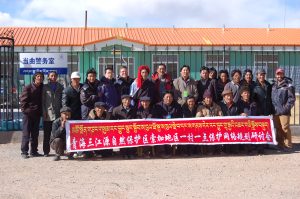 Working in partnership with nature reserve management authorities since 2005, Plateau Perspectives has supported the development and trialling of community co-management. Community members and staff of the nature reserve’s Suojia field station embarked together on the first co-management trial in the region in 2009, jointly focusing their attention on monitoring snow leopard with the use of camera traps, in snow leopard habitat around 5000 metres above sea level. This collaborative work yielded some of the first snow leopard photos in the region.
Working in partnership with nature reserve management authorities since 2005, Plateau Perspectives has supported the development and trialling of community co-management. Community members and staff of the nature reserve’s Suojia field station embarked together on the first co-management trial in the region in 2009, jointly focusing their attention on monitoring snow leopard with the use of camera traps, in snow leopard habitat around 5000 metres above sea level. This collaborative work yielded some of the first snow leopard photos in the region.
Community co-management approaches are now mainstreamed in Qinghai province, through projects such as the UNDP/GEF-supported ‘Strengthening the effectiveness of the protected area system‘ project implemented by the Qinghai Forestry Department.
Publications:
- Managing Shared Natural Heritages: Towards more participatory models of Protected Area management in western China (Foggin 2014)
- Pastoralists and wildlife conservation in western China: collaborative management with protected areas on the Tibetan Plateau (Foggin 2012)
- How can social and environmental services be provided for mobile Tibetan herders? Collaborative examples from Qinghai Province, China (Foggin & Torrance-Foggin 2011)
- Local Communities and Conservation on the Tibetan Plateau: Two case studies of collaborative management in the Sanjiangyuan region (Foggin 2011)
- Promoting biodiversity conservation and community development in the Sanjiangyuan region; proceedings of a conservation planning meeting (also in Chinese)
Snow Leopard Conservation
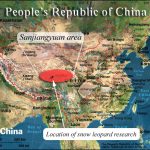 Plateau Perspectives has contributed most significantly to regional biodiversity conservation through its project activities aimed at empowering local Tibetan herders to participate more fully and effectively in wildlife conservation initiatives. This empowerment has been advanced most beneficially by encouraging nature reserve authorities to adopt more community-friendly approaches to natural resource management and wildlife conservation. As co-managers of the environment, community members have participated in snow leopard research (monitoring), raising awareness in schools and at community festivals, and reducing illegal poaching through regular patrols of key habitats. Plateau Perspectives has organized joint conservation planning workshops, provided training in monitoring techniques, hosted strategic study tours (in China and abroad) for community members and nature reserve field staff and leaders, and conducted participatory snow leopard monitoring with camera traps.
Plateau Perspectives has contributed most significantly to regional biodiversity conservation through its project activities aimed at empowering local Tibetan herders to participate more fully and effectively in wildlife conservation initiatives. This empowerment has been advanced most beneficially by encouraging nature reserve authorities to adopt more community-friendly approaches to natural resource management and wildlife conservation. As co-managers of the environment, community members have participated in snow leopard research (monitoring), raising awareness in schools and at community festivals, and reducing illegal poaching through regular patrols of key habitats. Plateau Perspectives has organized joint conservation planning workshops, provided training in monitoring techniques, hosted strategic study tours (in China and abroad) for community members and nature reserve field staff and leaders, and conducted participatory snow leopard monitoring with camera traps.
Camera traps were used for snow leopard monitoring in 2009-10, which identified the Yekjengo (Wild Yak White Stone) Mountains and the surrounding ranges as high quality snow habitat in the central Tibetan Plateau region – containing amongst the highest snow leopard density in the world, with 9 individuals identified in a mountain area covering only ~150 km2. This experiment of community participation in wildlife research and conservation constituted some of the basic rationale for advancing and for regional up-scaling of community co-management in protected areas, through the UNDP/GEF project ‘Strengthening the effectiveness of the protected area system in Qinghai province, China to conserve globally important biodiversity.’
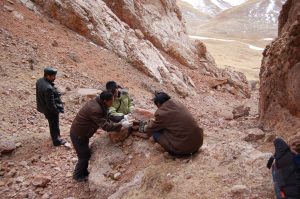 While other NGOs have developed more extensive programs of research and monitoring, Plateau Perspectives continues to develop the human dimensions of protecting the extraordinary landscapes where snow leopard are present. Mechanisms that promote
While other NGOs have developed more extensive programs of research and monitoring, Plateau Perspectives continues to develop the human dimensions of protecting the extraordinary landscapes where snow leopard are present. Mechanisms that promote integrated sustainable development, such as herders cooperatives and community associations, simultaneously promote long-term socioeconomic and environmental aims. Community-based organizational tools and structures could be well suited to receive and manage, efficiently and transparently, national eco-compensation fund transfers. Their development and strengthening could thus promote snow leopard conservation (and sustainable management of other environmental resources) while simultaneously achieving other development goals and aspiration of the local communities.
integrated sustainable development, such as herders cooperatives and community associations, simultaneously promote long-term socioeconomic and environmental aims. Community-based organizational tools and structures could be well suited to receive and manage, efficiently and transparently, national eco-compensation fund transfers. Their development and strengthening could thus promote snow leopard conservation (and sustainable management of other environmental resources) while simultaneously achieving other development goals and aspiration of the local communities.
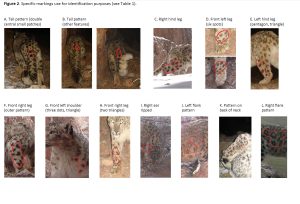
Photos from snow leopard surveys in Yushu Tibetan Autonomous Prefecture, Qinghai Province, China:
For more information…
- Global Snow Leopard & Ecosystem Protection Program (GSLEP)
- Plateau Perspectives field report: Snow Leopard survey in Suojia, 2009-10
- Hunters become conservationists in the Fight to Protect the Snow Leopard
- Advancing biodiversity conservation and community development in Qinghai Province, China
- UNDP/GEF Project: Strengthening the effectiveness of the protected area system in Qinghai Province, China to conserve globally important biodiversity
- Pastoralists and wildlife conservation in western China: collaborative management within protected areas on the Tibetan Plateau
- Engaging Students in Conservation: Protecting the Endangered Snow Leopard (Grades 5-8)
Bee-keeping in Bhutan
Plateau Perspectives is currently in dialogue with RTC, under its Environmental Department, to advance this and other conservation and community development projects in the future. Agreement is reached in principle, with plans to collaborate through knowledge exchange and sharing of their respective experience in sustainable development in the greater Himalayan region.
Plateau Perspectives’ associate Jesse Montes has been lecturing in Environmental Management at the RTC since 2014, and previously worked with the China field team in development of community ecotourism in the Tibetan plateau region.
Bees at RTC
For more information…
Village Doctor Training
Under its ‘Yangtze River Headwaters Sustainable Development Project’ (2003-2008), Plateau Perspectives worked closely with the Zhiduo Health Bureau and with the NGO Upper Yangtze Organization to improve health services in the region. Over the years, neighbouring counties also requested assistance. Altogether, Plateau Perspectives has trained more than 70 doctors in Zhiduo, Zaduo and Qumalai counties and over 25 women’s health workers in Zhiduo and Zaduo counties. The content of these courses was initially informed by the findings from a household health survey conducted in 2002 in a remote pastoralist region in Zhiduo county. With funding from the Social Sciences and Humanities Council of Canada (SSHRCC), the survey results were published in 2006 in the peer-reviewed journal Social Science and Medicine. Over subsequent years, Plateau Perspectives’ understanding of the socioeconomic, cultural and environmental situations affecting communities’ health status, especially maternal and child health, has been further enhanced – either confirmed or expanded – with focus group discussions, key informant interviews and participant observation over several years.
Following training, many local patients also were subsequently recognized/diagnosed by the village doctors with tuberculosis – and referred, and treated by the Centre for Disease Control (CDC). Working in collaboration with the CDC, some of the village doctors also were given training to assist in carrying out immunization programs.
